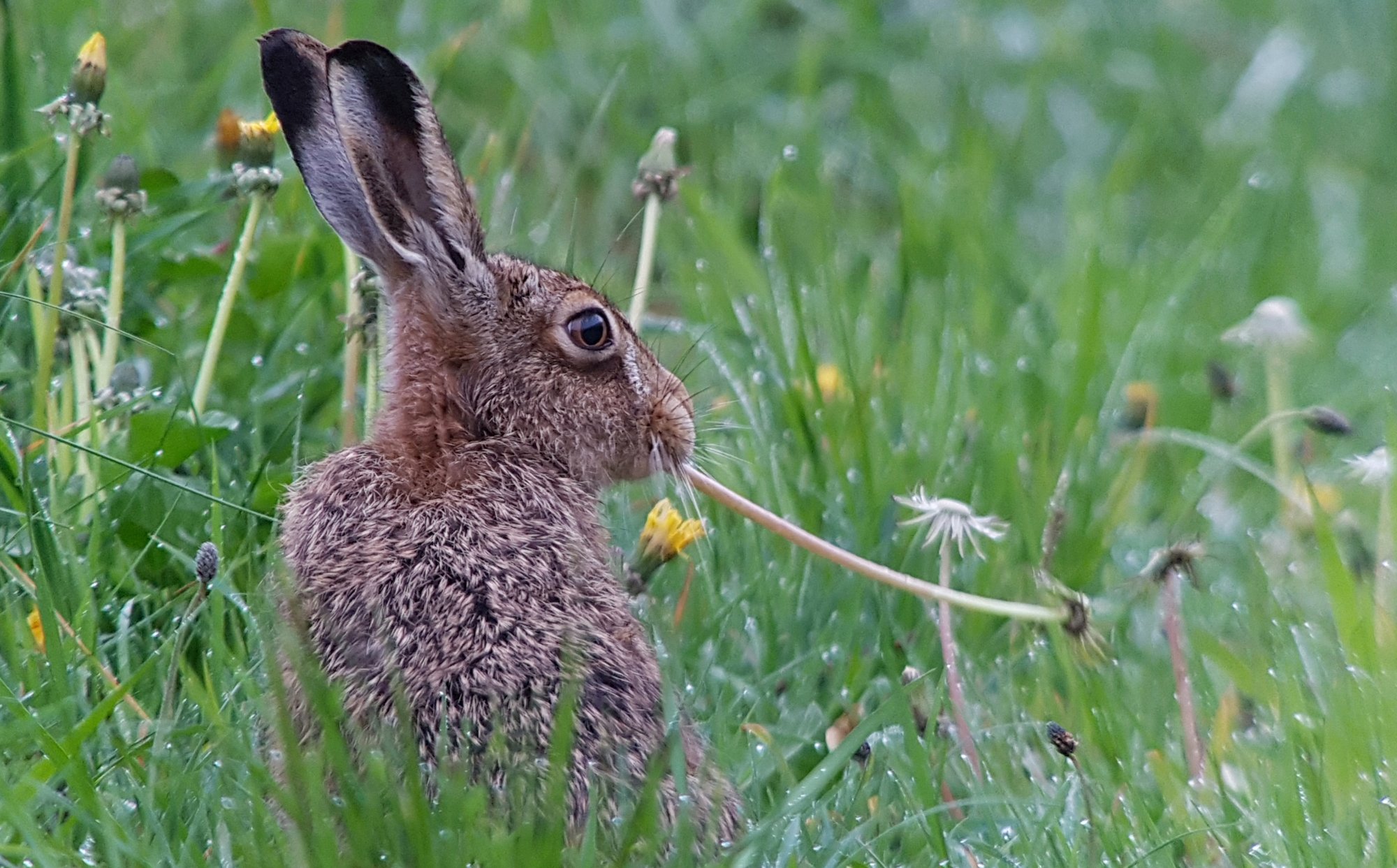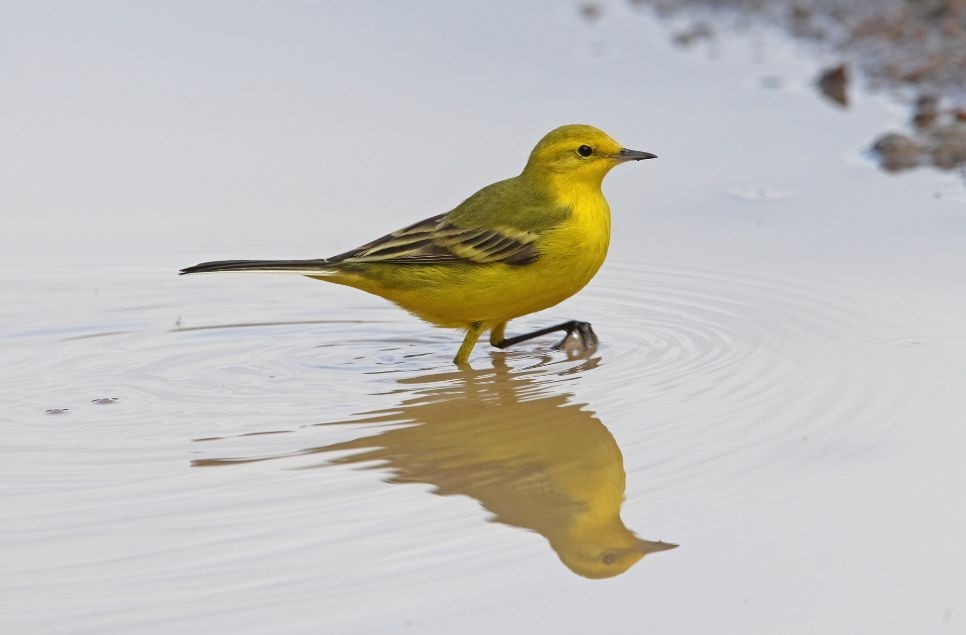Latest Sightings

As the weeks sunny weather continues, the site is becoming more summery every day. Look out for the rising numbers of mallard ducklings near Discovery hide and further afield, and the moorhen and coot broods within the captive enclosures!
Excitingly 3 common cranes were seen flying over the site yesterday afternoon! They were spotted from United Utilities and Ron Barker hide, then continued northward over Condor Green. Until the 80s these large birds hadn't bred in the UK for 400 years, having been driven out by persecution and habitat loss from the draining of wetlands. They are still very rare, but thanks to reintroduction efforts and conservation initiatives (such as the Great Crane Project - supported by the WWT, RSPB and more) their numbers are increasing.
Wader activity continues to be on the increase, with ~40 black tailed godwits snoozing outside Discovery hide, and 17 avocets counted on Woodend Marsh on Tuesday, along with ~9 nests, best seen from Tomlinson hide. 9 whimbrel were also seen at Woodend Marsh on Wednesday, and a common sandpiper on Tuesday.
In terms of ducks, the shelduck are almost exclusively in breeding pairs, with the males displaying to defend their patches. Tufted ducks seem to have taken up residence on the mere, and are best viewed from Discovery and Raines hide. The pochard are still visible on the reedbed walk, and the odd pair of pintail are also sticking around, with one seen on Woodend Marsh on Tuesday.
The marsh harriers are showing well, with pairs seen flying over the reedbed walk, the reedbed at the back of Vinson's field (visible from Ron Barker), and the reedbed filtration system (visible from Raines and Mere View hide). Kestrels and buzzards have also been spotted around site.
Med gulls continue to be spotted amongst the black headed gulls, with 6 seen on the Mere on Wednesday, along with a common tern at Woodend Marsh. 2 lesser black backed gulls were spotted on the Mere on Tuesday. Also look out for the new calves within the herd, who are on the Mere at the minute, and the cattle egrets (currently numbering 15+) in their elegant yellow breeding plumage.
(Photo - Hare)



